Why Ethical Natural Glazes Matter
We craft natural glazes that protect people and planet. We prioritize sustainability and safety because toxic kiln runoff and mining waste harm communities—one glaze can contaminate acres. Our approach balances craft quality with environmental responsibility and honest, practical deep care.
What We Need
We’ll need:
Natural Glazes: Ash and Wild Clay Creations
Source Sustainable Ingredients
Could your backyard soil be the next studio staple? (And how we decide what’s ethical)Identify locally available, renewable materials we can responsibly collect — local clays, plant and wood ashes, shells, and foraged minerals — and prefer reclaimed or by‑product sources when possible.
Evaluate source ethics by checking land access, permits, and fair exchange: ask who manages the site, get written permission, and offer fair payment or reciprocal labor.
Confirm the following before you collect:
Build long-term relationships with local suppliers and communities: visit markets, host material‑sharing workshops, and support stewardship projects. For example, we partner with a licensed shell harvester and fund seasonal beach cleanups to ensure collection never depletes the place we draw from.
Prepare and Process Materials
Want buttery smooth slips and consistent results? Here's the secret we use every time.Wash and sieve ashes to remove char and coarse grit — rinse in buckets, let settle, decant, then pass through a 100–200 mesh sieve. For example, we rinse coastal wood ash until water runs clear before drying and sieving.
Calcine carbonates and some shells when needed — heat in a kiln or furnace at appropriate temperature (e.g., shells often need 700–900°C) to convert to reactive oxides; cool and store dry with desiccant.
Age and stabilize slips — mix clay and water, let settle 24–72 hours, decant superfine slip, and keep covered to prevent contamination; agitate before use.
Ball‑mill or levigate clays to control particle size — run a small mill for 12–48 hours or levigate until the water is clear; aim for consistent fineness across batches.
Control water content precisely — weigh components and measure moisture; adjust to workable viscosity with water or deflocculant.
Measure and record batch ratios, adjust pH/alkalinity with soda ash or lime, and sanitize tools after each run.
Formulate Low‑Impact Glaze Recipes
We favor simplicity: fewer ingredients, bolder outcomes—can you believe less is more?Create a simple base: mix one clay + one silica + one mild flux (e.g., whiting, ash, or low‑alkali feldspar) and weigh every ingredient. Start small and transparent — list each component and its percent by weight.
Choose substitutions by rule of thumb: replace small increments (5–20%) of commercial flux with locally sourced ash or calcined shell, or swap part of feldspar for whiting to raise calcium. For example, replace 10% feldspar with 10% hardwood ash and reduce water accordingly.
Balance melt visually: apply three coats to tiles and fire with a witness cone. Judge melt by appearance — dull, matte, crawling = under‑melt; smooth gloss, slight flow = good; runs off edges = over‑melt. Use this to estimate behavior without software.
Avoid toxic or banned additives — no lead, barium, cadmium or soluble chromium. Prefer iron, manganese, and small, controlled amounts of copper; record safety data and limits.
Make test grids: label a 2×6 grid, vary only one ingredient per column, fire, photograph, and note gloss, fit, and durability. Iterate by changing that one variable 5–10% until you reach a stable, low‑impact recipe.
Test Responsibly and Iterate Safely
Small failures save the planet—why we test first and fire second.Label test tiles and samples clearly with date, recipe percentages, clay body, and firing cone. Photograph each tile under consistent light and store results in a notebook or spreadsheet so we can compare reliably.
Fire across a controlled range and include a witness cone; for example, test at cones 06 → 04 → 02 to see under‑melt → ideal → over‑melt behavior. Record color, melt/flow, gloss, crazing, pinholing, fit to the body, and any runs or crawling. Change only one variable per row to learn cause and effect.
Record systematically:
Minimize waste by reusing test slips, reclaiming excess slurry, and batching tests. Maintain PPE, good ventilation, wet cleanup (no dry sweeping), and follow local hazardous‑waste rules when disposing of residues.
Fire, Finish, and Share Ethically
From kiln to kitchen: will your mug pass the ethics test?Plan kiln schedules to reduce emissions and fuel use: batch similar bodies and glazes, fire fuller loads, and group firings so we avoid many half‑loads. For example, combine test tiles with low‑priority ware to reach a full kiln rather than running twice.
Load kilns efficiently and control atmosphere: stack to allow even airflow, use shelves and setters to prevent runs, and use programmable controllers or slow ramps to cut fuel peaks. Prefer oxidation where feasible to reduce smokier reduction firings.
Finish surfaces for durability and food safety: trim glazed rims, wipe feet clean, and sand any sharp edges. Verify vitrification and do preliminary vinegar/leach checks; send functional ware for lab leach testing when in doubt.
Document provenance and share transparently. Label finished pieces (date, recipe percentages, primary sources, firing cone, and food‑safe status). Share recipes and sourcing on cards or online and credit helpers and foragers openly.
Recycle or neutralize leftover glazes responsibly: let slurry settle and reclaim the water, dry unusable solids for proper hazardous‑waste disposal, and never dump concentrated glazes down drains—follow local disposal rules.
Make Ethical Glazing Our Habit
We commit to iterative improvement, full transparency, and sharing skills so our natural glazes remain beautiful, safe, and regenerative. Together we learn from testing, honor source communities, minimize harm, and always keep adapting—will we keep crafting kindly for future makers?


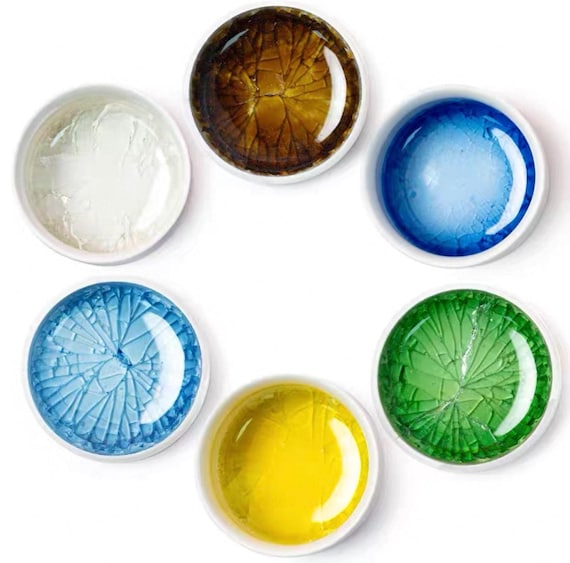
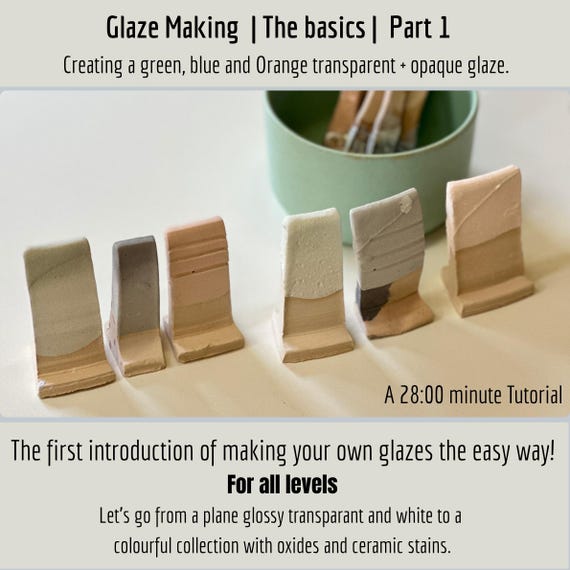
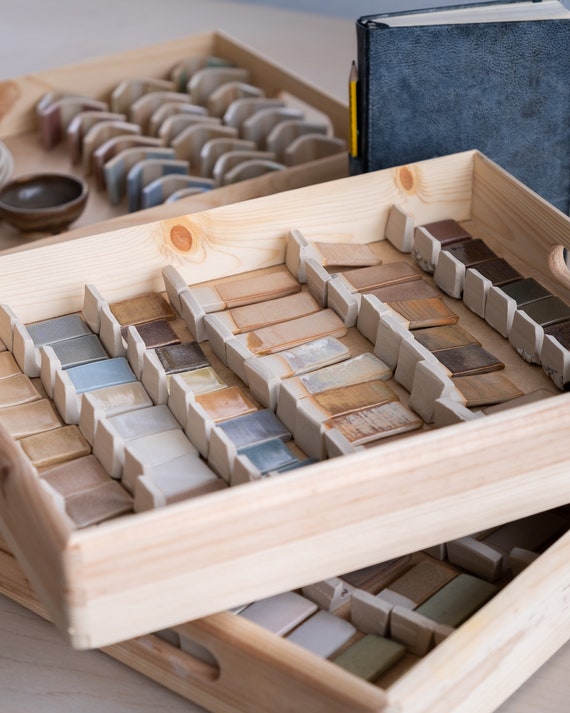
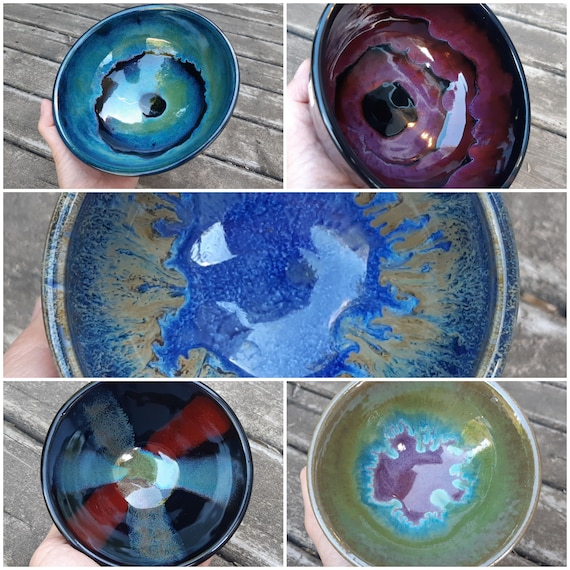


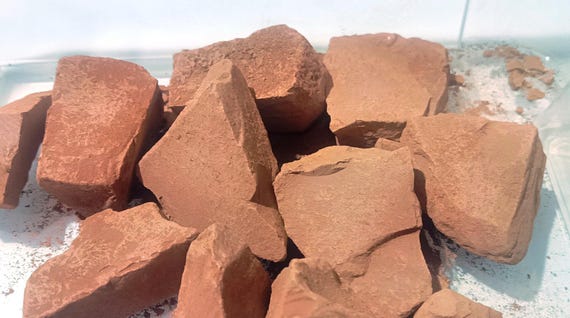
Technical note: for ‘Test Responsibly’ — please call out specific test methods. ICP-MS or XRF? Home potters might not have access to those, so recommend affordable labs and explain sample prep for accurate results.
Also, how do you recommend handling mixed-media glazes (recycled glass + ash) for testing? Do you test the components separately first?
Excellent point. We’ll add a short primer: XRF is quick for screening; ICP-MS is more precise for soluble leach tests. For mixed-media, test components individually, then the final fired sample for leachable metals.
I always test components first. It helps isolate which ingredient is causing an issue.
Affordable labs nearby? Anyone got recs for regional labs in the US or Europe? Not everyone can ship samples overseas without big fees.
Local university materials dept sometimes helps cheap or for free if you ask nicely. Take a tray of cookies as thanks lol.
Helpful guide, but a bit idealistic in places.
Sourcing sustainable ingredients sounds lovely until you realize local alternatives aren’t always available or consistent. What if my town has zero recycled glass sources? Or wood ash that has chemicals? The ‘Make Ethical Glazing Our Habit’ bit needs more pragmatic fallback options.
Also, pricing: small studios can’t always absorb the extra cost of testing and certification. Some real-world budgeting tips would be useful.
Great points, Sam. We hear you — we’ll add a section on pragmatic fallbacks (e.g., vetted online suppliers, batch blending strategies to smooth inconsistency) and a budgeting tool for small studios.
Agree with Sam. Maybe tiered suggestions: low-cost DIY options vs. higher-certainty paid options. That would help beginners choose.
For wood ash, test it in tiny batches first. If you smell odd chemicals when burning that wood, skip it. Safety over thrift!
For consistency, keep a master sample and mix new batches with a percentage of the old to temper differences. Not perfect but helps.
Totally — ethical doesn’t have to mean expensive. Check local salvage yards for glass, or community builders for reclaimed materials.
Haha, ‘Formulate Low‑Impact Glaze Recipes’ — sounds like medieval potion-making but with more spreadsheets.
Tried a ‘moonshine green’ recipe with copper-free alternatives and ended up with a muddy brown. Back to the lab (kitchen). Anyone else have weird color surprises? 😅
Yes! Plant ash + iron can brown more than you expect depending on atmosphere. Took me ages to get a leafy green.
Color surprises are common with natural materials. Documenting kiln atmosphere, exact ingredient weights, and firing schedule helps reproduce the result — we’ll add examples of common surprises and troubleshooting tips.
Really appreciate the emphasis on low-impact recipes. Swapping out commercial fluxes for plant ash and using recycled glass has changed my glaze palette for the better.
The safety reminders are crucial too — used to be careless with masks and learned the hard way. Keep those notes front and center!
Thanks for sharing your experience, Priya. Happy to hear plant ash and recycled glass worked well — would you be willing to share a favorite ratio or result photo for our community gallery?
Seconding the safety bit. Dust control and proper respirators are a game changer.
Short and sweet: great guide but can we stop pretending every artist has time to document everything perfectly? Habits are built in the kiln, not on a spreadsheet.
Still, some solid tips here. I’ll try the ash ratios next week and report back. No promises about the spreadsheet tho 😂
Nobody likes more paperwork, but one photo + one line of notes saved me tons of rework.
Same — quick habit checklist would be useful. Tiny changes add up.
Ha — fair point! We’re adding a ‘quick habit’ checklist for people who want to improve practice without obsessive documentation. Minimal effort, maximum safety.
Section 5 (Fire, Finish, and Share Ethically) had a lovely line about sharing knowledge rather than hoarding recipes. Made me smile.
Question: what’s your stance on sharing ‘recipe cards’ online if a glaze contains trace heavy-metal content even if tested safe? Should creators add warnings or avoid posting certain data?
And put use cases — e.g., not for food-safe wares. People assume ‘glaze’ = safe for dishes, so extra clarity helps.
We recommend transparency: share basic recipe components but include warnings and test results for heavy metals if applicable. If a glaze has any detectable heavy metals above safe thresholds, avoid sharing it publicly or clearly label it as ‘for experienced potters only’ with safety guidance.
From a lab perspective, always include testing conditions and detection limits. Omitting that can be misleading.
Love that you started with why it matters — sets the tone. I’ve been trying to source local clay and wood ash instead of buying processed kits. The checklist in ‘Source Sustainable Ingredients’ is super practical.
One tiny thing: would be great to see a short list of low-risk suppliers or community swap ideas. Otherwise, nice step-by-step!
You should check local pottery groups on FB or community centers — people often trade glazes and materials there. Saved me a ton of money.
Thanks Hannah — glad the checklist helped! Great idea about community swaps. We’ll put together a short list of supplier types and ideas for swaps in the next update.
Same here. Also ask small farms for ash if you’re sourcing wood ash — they usually have extra and don’t charge much.
This guide felt like a gentle nudge toward better habits rather than a preachy checklist. Loved the final section: ‘Make Ethical Glazing Our Habit.’
A couple of real-world anecdotes, maybe short case studies from small studios who switched to natural glazes, would really drive the point home and show the trade-offs. Long-term, habit changes need examples.
Case studies would be amazing. Seeing how someone balanced cost, aesthetics, and safety would be super helpful for newbies.
Thank you — that’s exactly the tone we aimed for. We’ll collect a few short case studies from artists willing to share their process and outcomes.
Quick question about section 4 (Test Responsibly and Iterate Safely):
Does anyone have a simple workflow for tracking test tiles and results? I tried keeping sticky notes but they fall off and then I’m lost 😂
Would love a template or printable log — that would make the testing process less chaotic.
You’re not alone! We’ll add a printable test-log template with fields for batch, materials, firing schedule, photos, and notes. Meanwhile, try labeling tiles with pencil/underglaze on the back edge — it survives firing.
I glue tiny numbered ceramic tags to the back with chinoise paste, then log the numbers in a notebook. Overkill? maybe. Works perfectly tho.
If you want digital: a simple spreadsheet with conditional formatting and an image column works. Keeps things reproducible for future batches.
I snap a photo of each tile next to a sticky note, upload to a shared album. Not elegant but searchable and you can add captions.